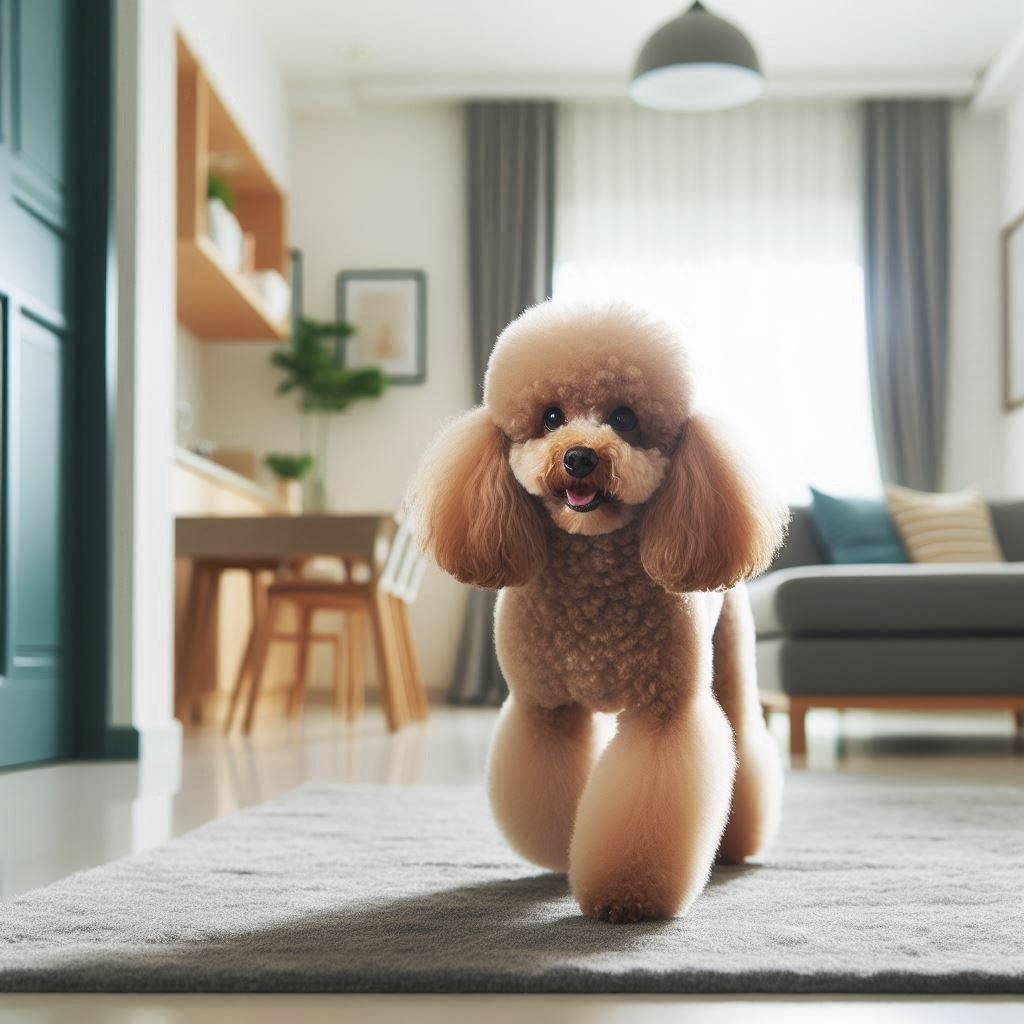Crate training is a valuable tool for housebreaking and providing a safe space for your dog. Knowing when to stop crating your dog depends on several factors, including their age, behavior, and training progress. Here’s a guide to help you determine the right time to stop crating your dog.

#1 – Assessing Your Dog’s Age
- Puppies (Under 6 Months): Most puppies need crating until they are at least 6 months old. This helps prevent accidents and destructive behavior.
- Adult Dogs: If adopted as adults, they may need crating until they adjust to their new environment and demonstrate reliable behavior.
#2 – Evaluating Behavior
- No Accidents: Your dog should be consistently house-trained with no accidents for at least a month.
- No Destructive Chewing: Ensure your dog doesn’t chew on furniture or other items when left unsupervised.
- Calm Behavior: Your dog should be able to stay calm and not exhibit anxiety or destructive behavior when left alone.
#3 – Training Progress
- Obedience Training: Your dog should respond well to basic commands and have a good understanding of house rules.
- Gradual Freedom: Gradually increase the time your dog spends outside the crate while you are home to monitor their behavior.
#4 – Safety Considerations
- Safe Environment: Ensure your home is dog-proofed, removing any items that could be dangerous if chewed or ingested.
- Supervision: Initially, supervise your dog closely when they are out of the crate until you are confident in their behavior.
#5 – Transition Process
- Short Periods: Start by leaving your dog out of the crate for short periods while you are at home.
- Increase Time: Gradually increase the amount of time they spend outside the crate.
- Full Transition: Once your dog reliably behaves well during these periods, you can consider leaving them uncrated when you are not at home.
Conclusion
The right time to stop crating your dog varies based on individual behavior and progress. By ensuring your dog is house-trained, well-behaved, and comfortable outside the crate, you can make the transition smoothly and safely. Always prioritize your dog’s safety and comfort during this process.
